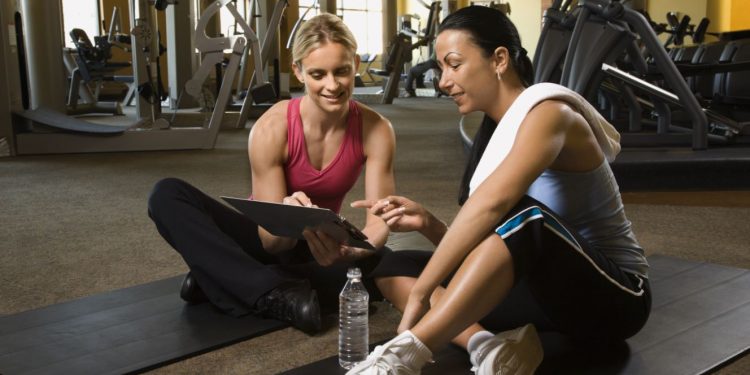When performing client assessments, do you ask if they are right or left handed? Handedness is not usually a standard question on assessment forms, but maybe it should be added. Handedness can have a definite impact on posture and the risk for developing musculoskeletal injuries.
Muscle imbalances can occur from habitual movement patterns, repetitive movements, injury, surgery, and incomplete rehabilitation of injuries (1). Handedness can further impact these imbalances. For someone that is right handed, they may display an inefficient posture that flows through the entire kinetic chain, from the hand all the way to the foot. Below is Kendall’s description of right handedness posture (for left handedness, the sides listed would be opposite).
The lengthened or underactive muscles would include (2):
- left lateral trunk muscles
- right hip abductors
- left hip adductor
- right peroneus brevis/longus
- right TFL
- left posterior tibialis
- left flexor hallucis longus/digitorum longus
The shortened or overactive muscles (just the opposite of above)(2):
- right lateral trunk muscles
- left hip abductors
- right hip adductor
- left peroneus brevis/longus
- left TFL
- right posterior tibialis
- right flexor hallucis longus/digitorum longus
Overall, when viewing the static posture of a client with right-handed posture, they would have a lower right shoulder with an adducted scapulae, lateral pelvic tilt with the right hip joint adducted with a medial rotation (left hip abducted), and even some pronation of the right foot (2). So if a client displayed this posture, recommendations could be made regarding exercise programming (inhibit and lengthen the overactive, shortened muscles and activating the lengthened, underactive muscles, followed by integration) along with possible adaptations for activities of daily living (ADLs) and the work environment, such as carrying items in the left hand, putting the purse on the left shoulder, holding a baby on the opposite hip, leg crossing when sitting, switching from a mouse to a trackball type mechanism, using a headset for phone usage, driving an automatic transmission car versus manual shift, etc. (1).
About 30% of people are lefties and many of them are at risk for developing carpal tunnel based on how they position and hold their hand to write (3). Some “overwrite” with their wrist in a hyper-flexed position while others “underwrite” with the wrist in a hypo-flexed position (3). Southpaws use these positions so that they can see what they are writing, along with not smearing their work (4). Add to this that approximately one third of work-related musculoskeletal injuries occur in the elbow, forearm and wrist, and you can see how important it is too maintain proper range of motion and strength through the wrist and elbow joints (1,5).
During a client assessment, it may be wise to include a question regarding handedness. Also consider asking which leg they are dominant on as they are not always the same side dominant as the hand. Leg dominance may become clear during single-leg balance activities with more stability typically displayed on the non-dominant leg (6).
For more information check out NASM's Corrective Exercise Specialization at www.nasm.org/CES
References
- Clark, M., Lucett, S. NASM Essentials of Corrective Exercise Training. Baltimore, MD: Lipponcott Williams & Wilkins. 2011.
- Kendall, F., McCreary, E., Provance, P., et al. Muscles, Testing and Function (4th ed) Baltimore, MD: Lippincott Williams & Wilkins, 1993.
- Marquardt, J. Carpal Tunnel Targets Left-handed People. All Stop Carpal Tunnel News. https://allstop.com/carpal-tunnel-articles/carpal-tunnel-and-left-handed-people.html
- Holder, M. Teaching Left-Handers to Write Handedness.org http://handedness.org/action/leftwrite.html
- Barr, A., Barbe, M., Clark, B. Work-related musculoskeletal disorders of the hand and wrist: epidemiology, pathophysiology, and sensorimotor changes. Journal of Orthopedic Sports and Physical Therapy. 2004; 34(10):610-27.
- Hoffman, M., Schrader, J., Applegate, T., Koceja, D. Unilateral postural control of the functionally dominant and nondominant extremities of healthy subjects. Journal of Athletic Training. 1998; 33(4):319-22.











